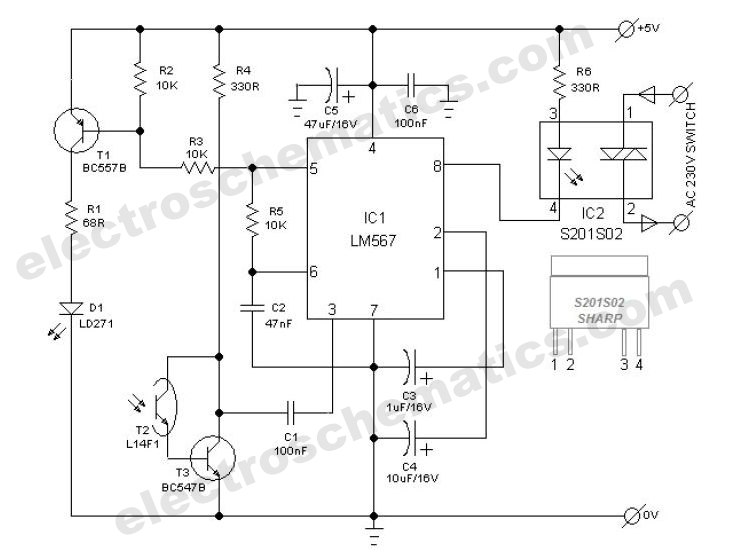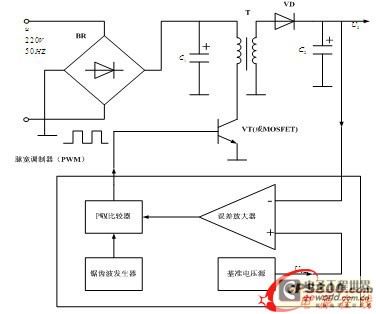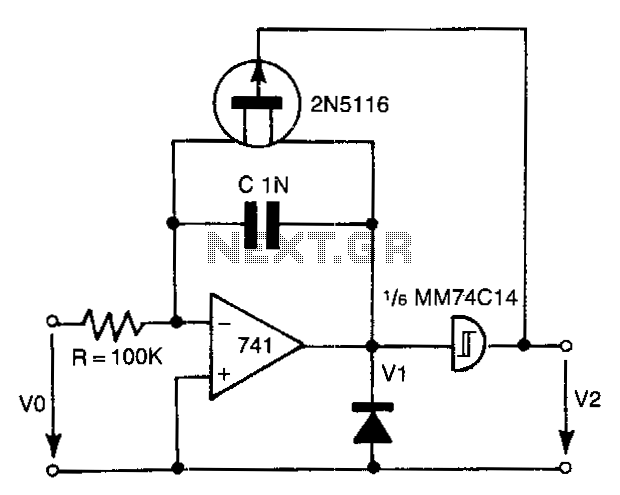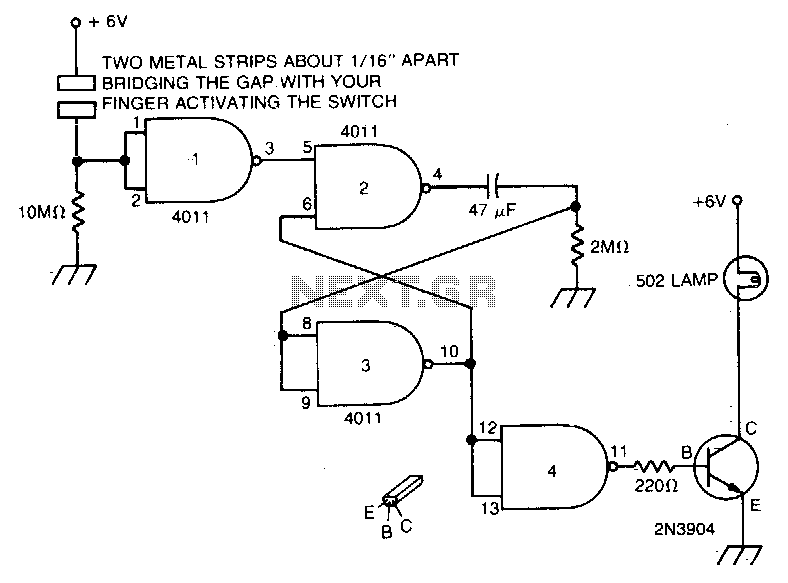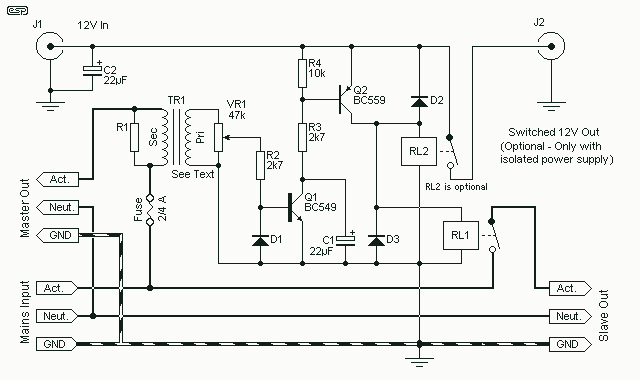
Using microcontroller as oscillator for high voltage power suppy
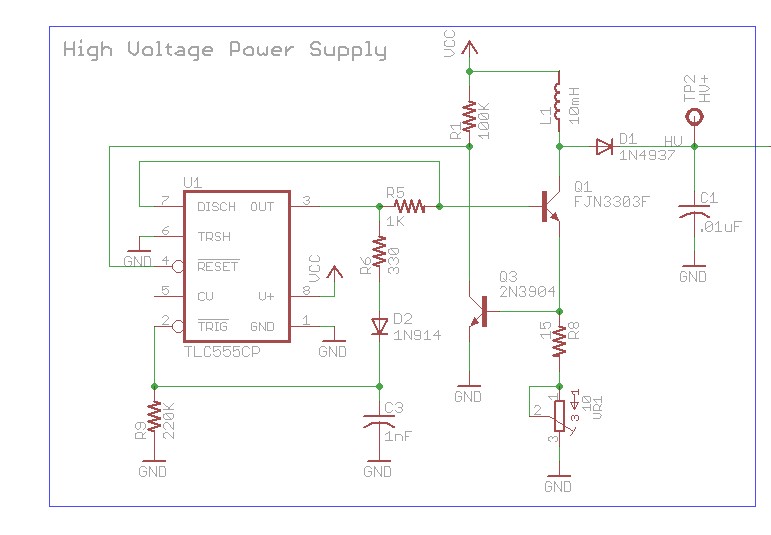
The design involves using a 555 timer as an oscillator in the high voltage power supply section. There is a query regarding the possibility of altering the design to utilize an output from a microcontroller to generate an oscillating signal instead of employing the 555 timer. The first question is whether such a design would function effectively, and if it does, what specific reasons exist for the original use of the 555 timer in the design.
The 555 timer is a versatile integrated circuit commonly used in various applications, including oscillators, timers, and pulse generation. Its popularity in power supply designs, especially high-voltage applications, stems from its simplicity, reliability, and ability to generate precise timing intervals and waveforms. The 555 timer can operate in astable mode, producing a continuous square wave output, which is essential for driving switching devices such as transistors or MOSFETs in power supply circuits.
In considering the use of a microcontroller to generate an oscillating signal, several factors must be evaluated. Microcontrollers can produce PWM (Pulse Width Modulation) signals or other waveform outputs, which can be utilized to control power devices similarly to a 555 timer. The advantages of using a microcontroller include programmability, flexibility in waveform generation, and the ability to adapt to varying operational requirements without changing hardware.
However, the design's effectiveness would depend on the microcontroller's specifications, including its maximum output frequency, current drive capability, and the nature of the load it will control. If the microcontroller can provide a stable and sufficient oscillation frequency for the application, then the design could function properly.
The choice of the 555 timer in the original design may be due to its inherent characteristics, such as ease of implementation, minimal external component requirements, and robustness in various environmental conditions. Additionally, the 555 timer can handle higher voltage levels directly, which can be advantageous in high-voltage applications, whereas microcontrollers may require additional circuitry to interface safely with such voltages.
In conclusion, while it is feasible to replace the 555 timer with a microcontroller for generating oscillating signals, careful consideration of the design requirements and the capabilities of the microcontroller is essential to ensure reliable operation in high voltage power supply applications.Using the 555 timer as an oscillator in the high voltage power supply section. Can the design be changed to use an output from the micro-controller to generate an oscillating signal instead of the 555. The first question is that would such a design work If it works, is there a particular reason why a 555 timer is used in the design
🔗 External reference
The 555 timer is a versatile integrated circuit commonly used in various applications, including oscillators, timers, and pulse generation. Its popularity in power supply designs, especially high-voltage applications, stems from its simplicity, reliability, and ability to generate precise timing intervals and waveforms. The 555 timer can operate in astable mode, producing a continuous square wave output, which is essential for driving switching devices such as transistors or MOSFETs in power supply circuits.
In considering the use of a microcontroller to generate an oscillating signal, several factors must be evaluated. Microcontrollers can produce PWM (Pulse Width Modulation) signals or other waveform outputs, which can be utilized to control power devices similarly to a 555 timer. The advantages of using a microcontroller include programmability, flexibility in waveform generation, and the ability to adapt to varying operational requirements without changing hardware.
However, the design's effectiveness would depend on the microcontroller's specifications, including its maximum output frequency, current drive capability, and the nature of the load it will control. If the microcontroller can provide a stable and sufficient oscillation frequency for the application, then the design could function properly.
The choice of the 555 timer in the original design may be due to its inherent characteristics, such as ease of implementation, minimal external component requirements, and robustness in various environmental conditions. Additionally, the 555 timer can handle higher voltage levels directly, which can be advantageous in high-voltage applications, whereas microcontrollers may require additional circuitry to interface safely with such voltages.
In conclusion, while it is feasible to replace the 555 timer with a microcontroller for generating oscillating signals, careful consideration of the design requirements and the capabilities of the microcontroller is essential to ensure reliable operation in high voltage power supply applications.Using the 555 timer as an oscillator in the high voltage power supply section. Can the design be changed to use an output from the micro-controller to generate an oscillating signal instead of the 555. The first question is that would such a design work If it works, is there a particular reason why a 555 timer is used in the design
🔗 External reference

